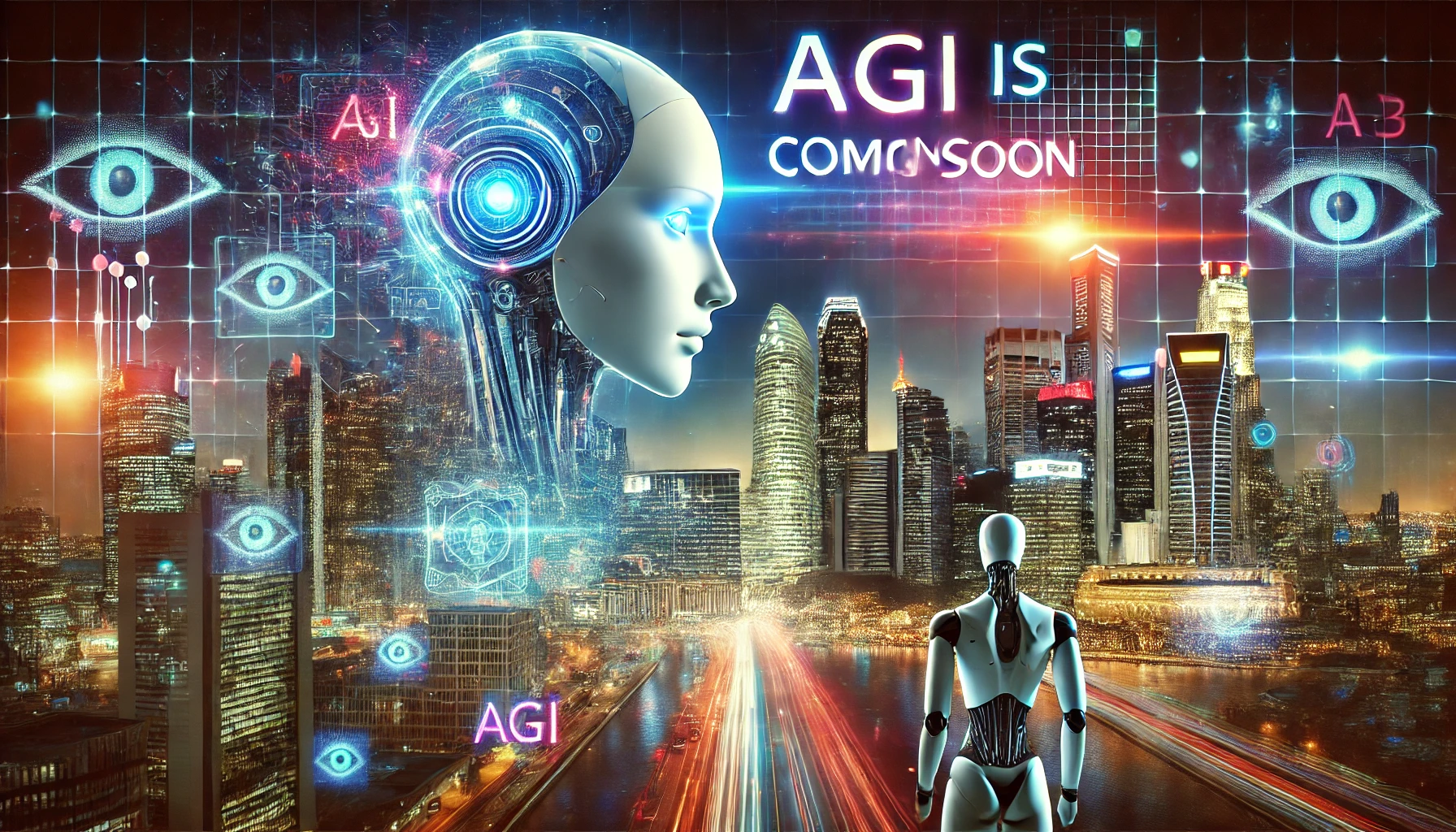In the rapidly evolving world of artificial intelligence, breakthroughs come thick and fast. One of the latest innovations to make waves is test time training, a novel approach that promises to revolutionize the way AI systems adapt to novel and complex problems. Introduced in a recent YouTube video, this technique represents a quantum leap in AI benchmarks, particularly in the race toward artificial general intelligence (AGI).
The Challenge: Generalization in AI
Despite impressive advances in AI, one of its enduring limitations has been its inability to generalize effectively to new, unseen problems. Traditional models excel at tasks that align closely with their training data but falter when presented with scenarios requiring novel reasoning. This gap becomes especially apparent in benchmarks like the ARC (Abstraction and Reasoning Corpus) Prize, designed to test an AI’s ability to generalize from minimal examples.
For context:
- Human performance averages around 60%, with top scores nearing 98%.
- Traditional AI models have struggled, with top scores stagnating at 42%.
Test Time Training: The Game Changer
Test time training aims to address this limitation by enabling AI systems to adapt dynamically during inference (the stage when a model makes predictions). Here’s how it works:
- Dynamic Fine-Tuning: The model temporarily updates its parameters in response to specific test inputs.
- Efficient Adaptation: Uses techniques like LoRA (Low-Rank Adaptation) to fine-tune a small subset of parameters while keeping the base model intact.
- Augmented Data Creation: Generates additional training examples from test data, employing geometric transformations and similar augmentations.
This process allows the AI to “learn” from the problem it’s solving in real time, dramatically enhancing its ability to tackle novel challenges.
Breaking Records: A Leap in ARC Benchmark Scores
By integrating test time training, researchers from MIT achieved a 61.9% score on the ARC benchmark, surpassing the average human performance for the first time. This result signifies a 25% improvement over the previous state-of-the-art and underscores the transformative potential of this technique.
How Does Test Time Training Work?
The methodology hinges on three key components:
- Initial Fine-Tuning: The model undergoes preliminary training on similar tasks to establish a robust baseline.
- Dynamic Adaptation: During inference, the model generates additional data based on the test input and uses it for lightweight, real-time fine-tuning.
- Reset Mechanism: After solving a problem, the model reverts to its original state, ensuring flexibility for subsequent tasks.
Expanding Capabilities: Beyond Simple Inference
To further enhance performance, researchers employed additional strategies, such as:
- Augmented Inference: Generating multiple predictions for each task and refining them through geometric transformations.
- Voting Mechanisms: Using ensemble techniques to select the most likely solutions from a pool of candidates.
These approaches amplify the AI’s reasoning capacity, particularly in domains requiring precise and logical problem-solving.
Implications for the Future of AI
Test time training addresses a critical bottleneck in AI development: the limited scalability of traditional training paradigms. With the global data pool for training models nearly exhausted, this technique offers a way to maximize the utility of existing datasets. By enabling models to adapt in real time, it reduces reliance on pre-training while boosting performance on unseen tasks.
This advancement aligns with predictions from AI leaders like OpenAI’s Sam Altman, who emphasized the importance of “doing more with the data we have.” The approach also highlights a potential roadmap for achieving AGI—a system capable of reasoning, learning, and adapting like a human.
Final Thoughts
The introduction of test time training marks a pivotal moment in AI research. By bridging the gap between training and inference, this technique paves the way for more adaptive, intelligent systems capable of solving real-world problems. As we inch closer to AGI, innovations like this will undoubtedly play a central role in shaping the future of artificial intelligence.
[SEO optimized]


